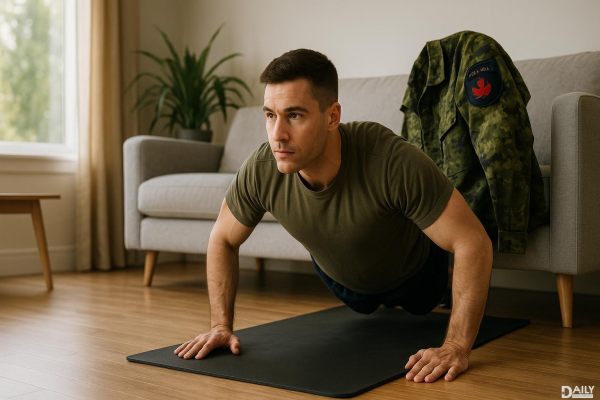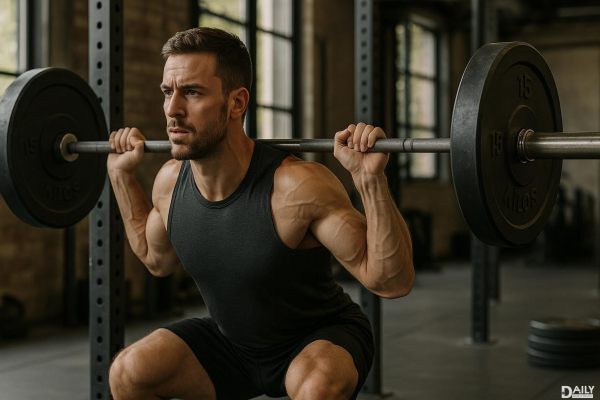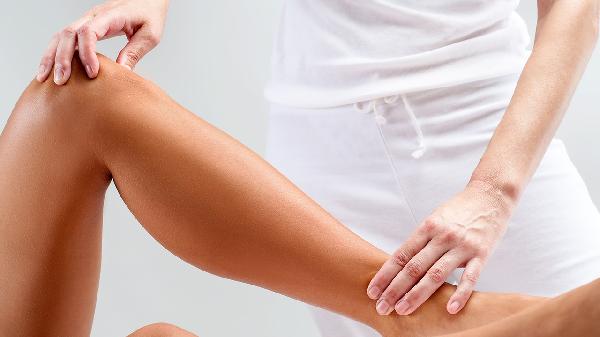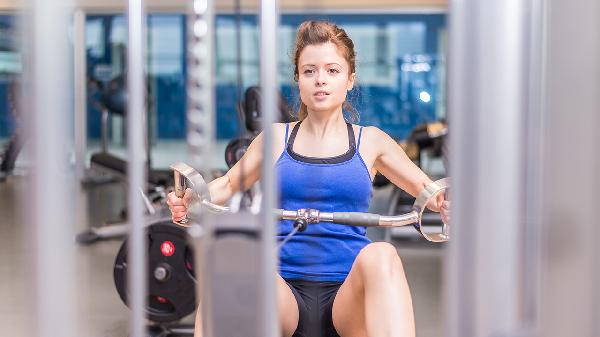If you've ever felt like your grip is the weak link holding you back from lifting heavier weights, lifting straps might just be your new best friend. These simple yet powerful tools can help you maintain a secure hold on the bar, allowing you to push your limits without worrying about your fingers giving out. But before you wrap those straps around your wrists and go ham, let’s break down how to use them the right way—so you can lift heavier, safer, and like a total pro.
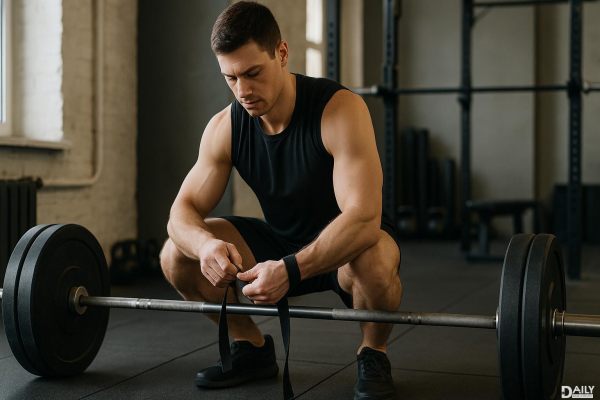
Lifting straps aren’t just for powerlifters or strongman competitors—they’re a game-changer for anyone looking to maximize their strength training. The main benefit? They take some of the load off your grip, letting you focus on moving the weight rather than white-knuckling the bar. This is especially useful for exercises like deadlifts, rows, and shrugs, where grip fatigue can cut your workout short before your back or legs are truly tapped out. Straps also help reduce the risk of calluses and tears, keeping your hands in better shape for the long haul. That said, they shouldn’t replace grip training entirely—just think of them as a tool to help you push past plateaus when your hands need a break.
Not all lifting straps are created equal, and picking the right ones can make a big difference in comfort and performance. The most common types are cotton, nylon, and leather straps, each with its own pros and cons. Cotton straps are soft and comfortable but may wear out faster, while nylon is more durable but can feel rough on the skin. Leather straps are the most heavy-duty but also the stiffest and require a break-in period. Another key factor is the style: traditional loop straps, figure-8 straps, and lasso straps all offer different levels of security and ease of use. If you’re new to straps, start with basic cotton loops—they’re affordable, easy to use, and great for learning the ropes (literally).
Using lifting straps correctly is crucial—otherwise, you might end up with a loose wrap that slips mid-lift (not a fun surprise). Here’s the step-by-step: First, slide your hand through the loop so the strap hangs down over your palm. Then, wrap the loose end around the bar, making sure it’s snug but not cutting off circulation. Once the bar is secure, grip it as you normally would, letting the strap take some of the tension off your fingers. The key is to keep the strap tight enough that it doesn’t shift but loose enough that you can still release it quickly if needed. Pro tip: Practice with lighter weights first to get the feel before loading up the plates.
Straps are awesome, but they’re not for every lift or every situation. They shine in exercises where grip is a limiting factor—think heavy deadlifts, rack pulls, or farmer’s carries. But for movements like bench press, overhead press, or pull-ups, where grip strength is part of the challenge, you’re better off going raw (no straps, that is). Also, if you’re training specifically to improve grip endurance, skip the straps on lighter sets to build that foundational strength. A good rule of thumb: Use straps when you’re going for max effort or high volume, but don’t let them become a crutch that keeps your hands from getting stronger over time.
Even seasoned lifters can mess up with straps, so here’s what to watch out for. One big no-no is wrapping them too tight—restricting blood flow can make your hands go numb mid-set (not ideal). Another mistake is relying on them too much; if you’re using straps for every single lift, your grip strength will lag behind. Also, avoid letting the straps do all the work—you still need to actively grip the bar, or you risk losing control. And finally, don’t forget to adjust them between sets if they loosen up; a sloppy wrap can lead to a dropped barbell and some serious gym embarrassment.
Lifting straps can be a total game-changer in your strength journey, but like any tool, they work best when used wisely. Start with the right type, wrap them correctly, and use them strategically to push past plateaus without sacrificing safety. And remember—straps are there to support your lifts, not replace the hard work. Now go wrap, grip, and lift like the beast you are.

